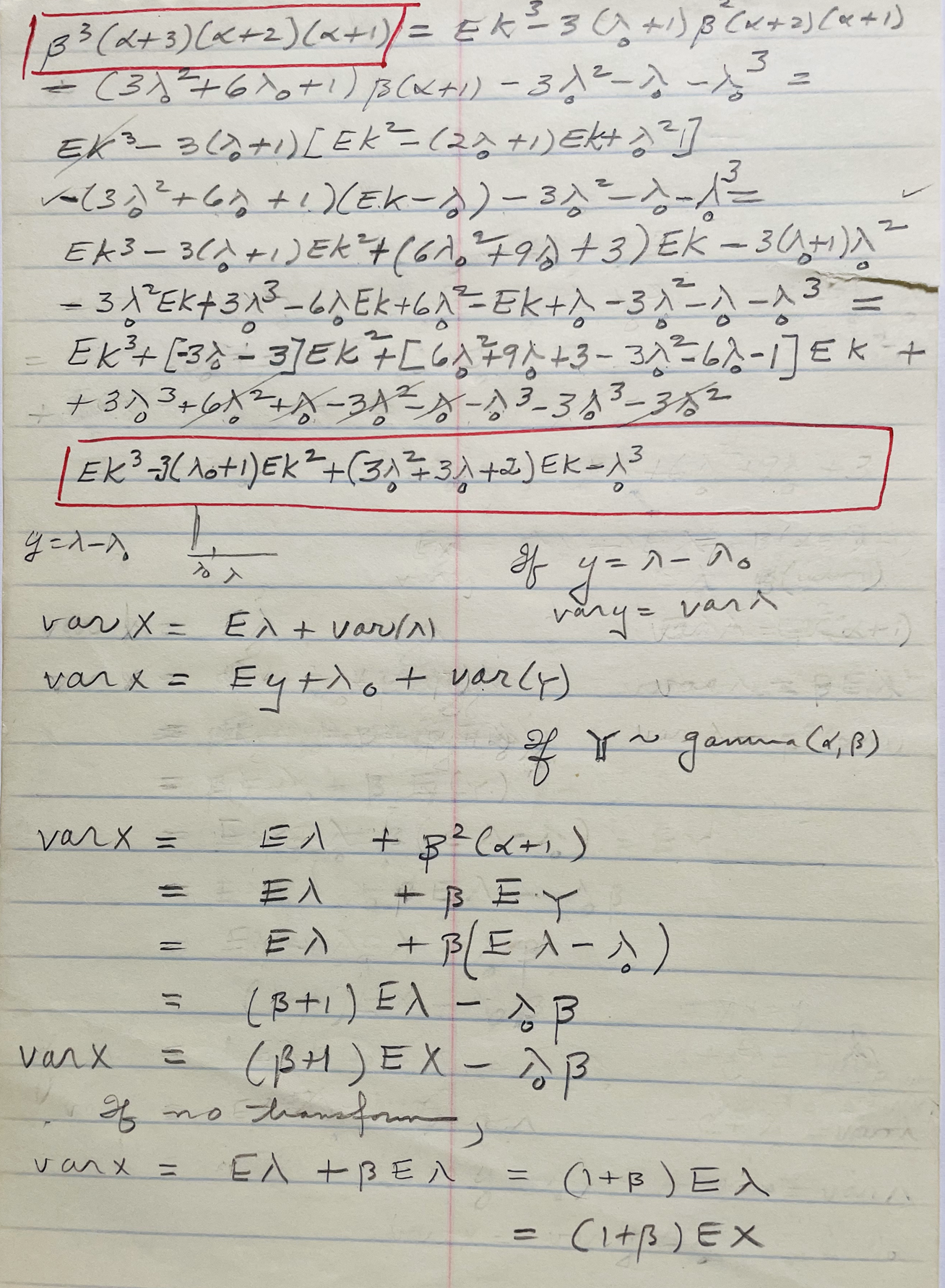The Artist
“Since ancient Greek times, mathematics and art have had a long association. We can find common mathematical properties in abstract art in the forms of geometric balance, replication, and variations on a theme. "Golden" rectangles, conic sections, and logarithmic spirals are standard examples. For some unknown reason, aesthetic appeal often has a mathematical basis. With the advent of computers, the ancient and useful technique in which equations are repeatedly substituted back into themselves can produce spectacular patterns, some of which are called "fractals" following the pioneering work of Benoit Mandelbrot.”
An excerpt from Larry’s paper Mathematical “Abstracts”, submitted to the 1999 Bridges Organization conference.
Larry Holbrook’s professional and personal life was an evolving expression of his love for art and mathematics. His professional career was wide ranging; from teaching Philosophy at Michigan State University to his work as Director of the Michigan Department of Transportation Materials and Technology Research Laboratory. He utilized advanced degrees in Physics, Civil Engineering, Philosophy of Science, and Statistics to the benefit of the State of Michigan, closing his long civil service career as an Advisor to the Michigan Attorney General in risk management and tort litigation. In his personal life, he was a skilled photographer and especially loved contemporary art, architecture, and classical music. In retirement he turned his attention to the aesthetics of certain mathematical processes and thus his art includes many patterns exhibiting forms of symmetry as well as more abstract works developed from random numbers.
As he explained in his lectures and papers, his images are generated by mathematical equations which are fed back into themselves in a cycling or iterative process. For each point (pixel) on the computer screen the rate at which the numeric values of these equations either “escape to infinity” or remain confined determines the color and hue assigned to each pixel. The pixel behaves differently from its neighbors because of its unique position (in terms of its x-y coordinates) in the complex (imaginary) plane mapped to the computer screen. The use of computers to generate artistic images through mathematical equations allows enormous variation in color and form as well as remarkable variations in latitude/longitude and self-replication symmetry. The mathematician/artist then adjusts and edits evolving configurations and selects and controls results to satisfy aesthetic preferences. The result appears to have surprising effects in no way evident in the initial numerical formulations. The selected image is then exported to graphics software for further editing such as color and shape adjustments and cloning of selected parts. In using this creative approach, Larry Holbrook’s Art truly Meets Math in the most unique and distinctive way.
Lawrence Cosentino, Lansing City Pulse, December 13, 2023
“This is not off-the-shelf, programmed art but the unique fruit of one man’s fertile mind.”
Julian Van Dyke, recognized Lansing artist, muralist, author of children’s books, art activist
“Larry was on the leading edge of what we see today. I hope that today’s art students as well as art enthusiasts will be able to view the work he executed during his lifetime… you can’t tell if it was created then or now. Great pieces of work… and I can’t wait until the opening to see it.”
Susan J. Bandes, Professor Emerita of Art History and Museum Studies, MSU, Former Director, Kresge Art Museum, Author, “Mid-Michigan Modern: From Frank Lloyd Wright to Google”



